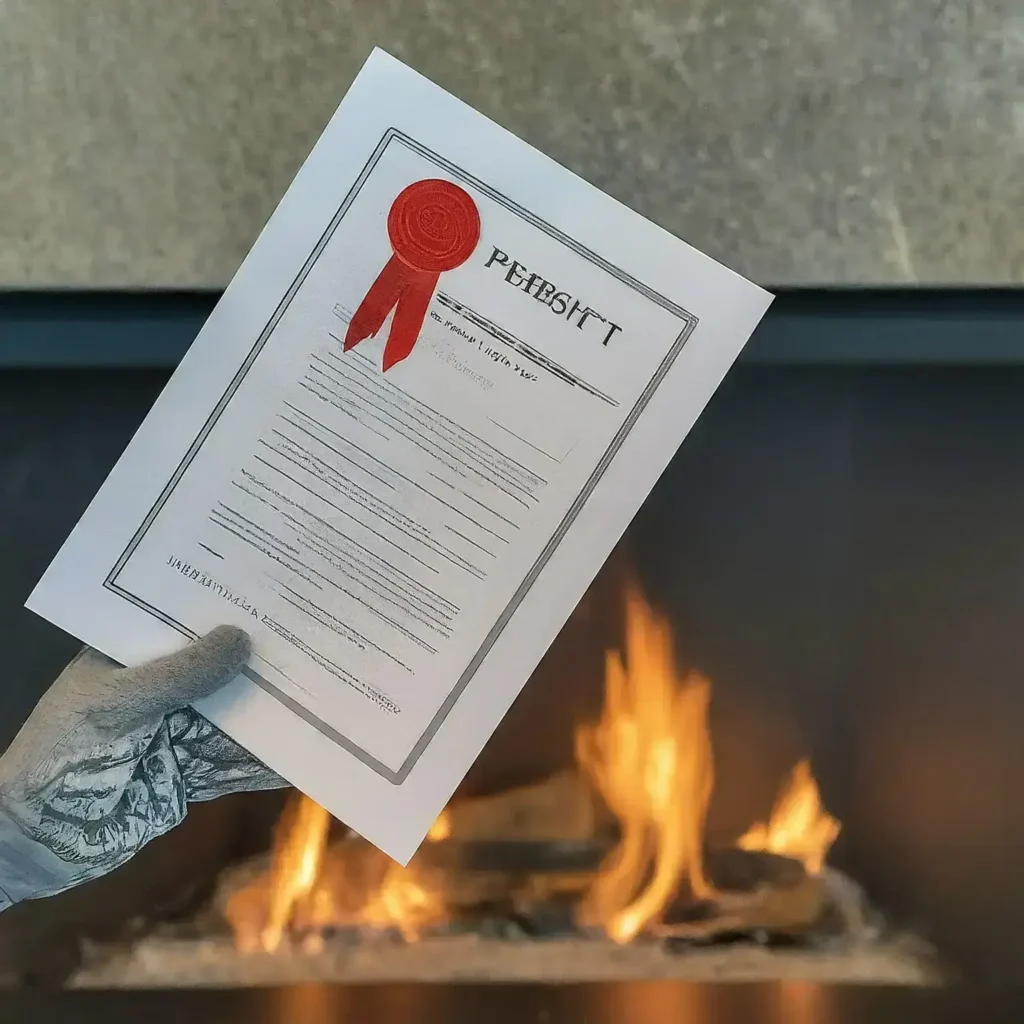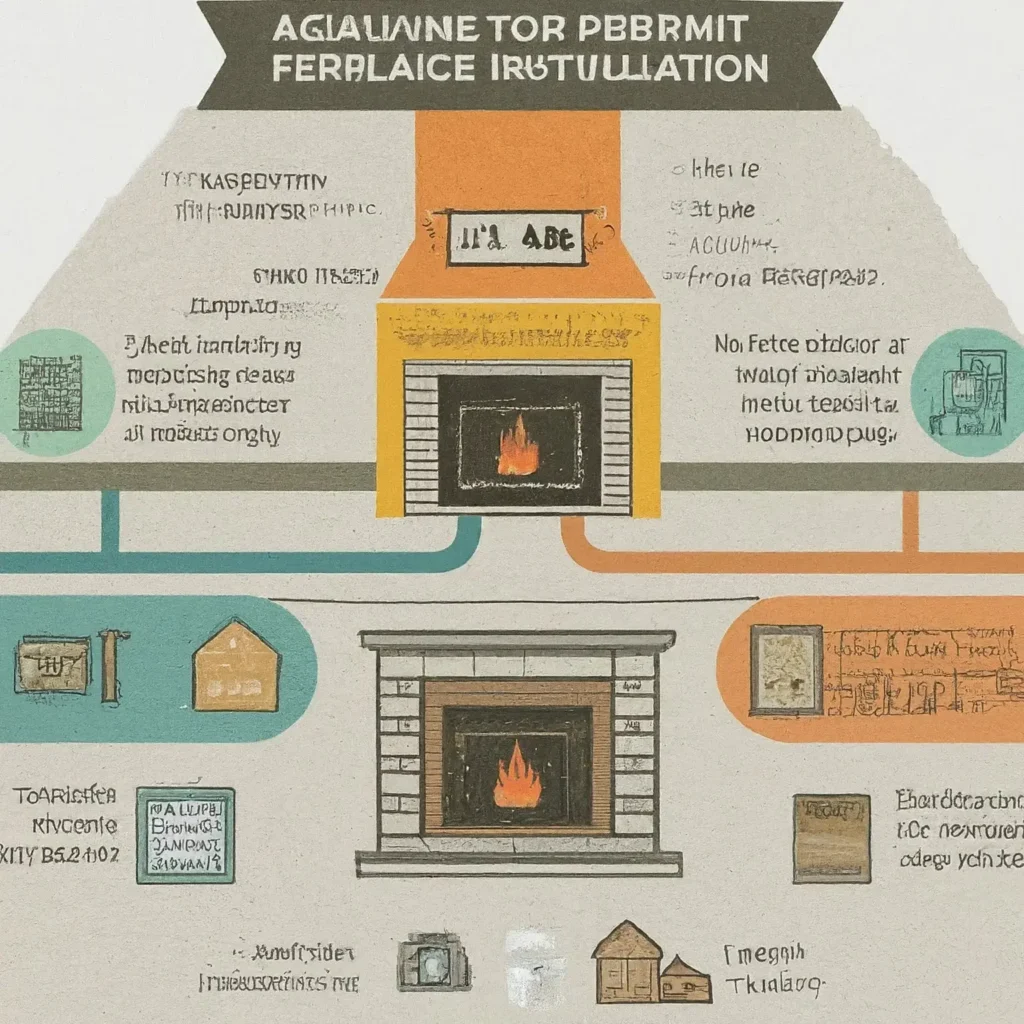As a homeowner embarks on a fireplace installation project, one crucial aspect to consider is whether obtaining a permit is necessary. In this guide, we explore the importance of permits, the potential costs involved, and the steps involved in the application process.

Determining Permit Necessity:
Home projects that impact a home’s structure or involve alterations to electrical or gas lines typically require a permit. This includes the installation of a fireplace. However, regulations can vary based on your state and city.
Related: Fireplace Removal Impact
How to Verify Permit Requirements:
To determine permit requirements in your state or city, contact the local city government. Guidelines can differ, and understanding them is crucial for a successful DIY project. Permits are generally necessary if the installation involves structural changes, electrical work, or gas line modifications.
Cost of Fireplace Permits:
The cost of a fireplace permit averages $1,292. This fee covers construction permits, especially when elements like the wall, ceiling, and roof need alterations to accommodate the chimney and flue. However, actual prices can range from $200 to $2,000, depending on project scope, size, and location.
Related: fireplace decor

Consequences of Building Without a Permit:
Building a fireplace without the required permits can lead to severe consequences, such as fines, difficulties in reselling the home, and potential undoing and redoing of the work. Permits ensure compliance with building codes and safety standards.
Obtaining a Fireplace Permit:
Fireplace permits fall under building permits. To acquire one, visit your city’s website or contact the local office. Key steps include obtaining the application, submitting it by mail, email, or hand delivery, paying the fee based on the project’s valuation, waiting for approval, and undergoing a final inspection.
Processing Time for Fireplace Permits:
Permit processing times can vary, ranging from a few weeks to more than a year. Factors such as city workload and project type influence these timelines. Residential permits generally process faster than commercial ones, and smaller projects may experience quicker approvals.
DIY Fireplace Installation:
A homeowner can install a fireplace themselves, provided they obtain the necessary permits. Skipping this crucial step can result in fines and the need to rectify the installation. The process involves selecting the fireplace type, planning the design and cost, seeking professional advice, securing proper permits, commencing construction, and undergoing a final inspection.

Conclusion:
Understanding the need for permits when installing a fireplace is crucial for a smooth and legally compliant DIY project. Homeowners should adhere to local regulations, obtain the necessary permits, and follow proper procedures to ensure a successful fireplace installation.


